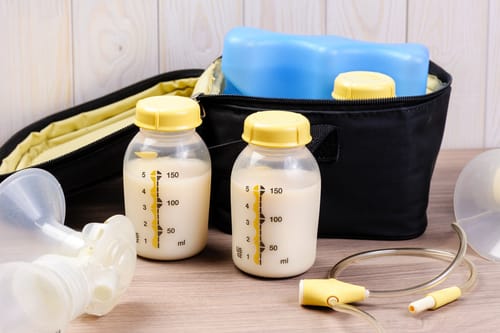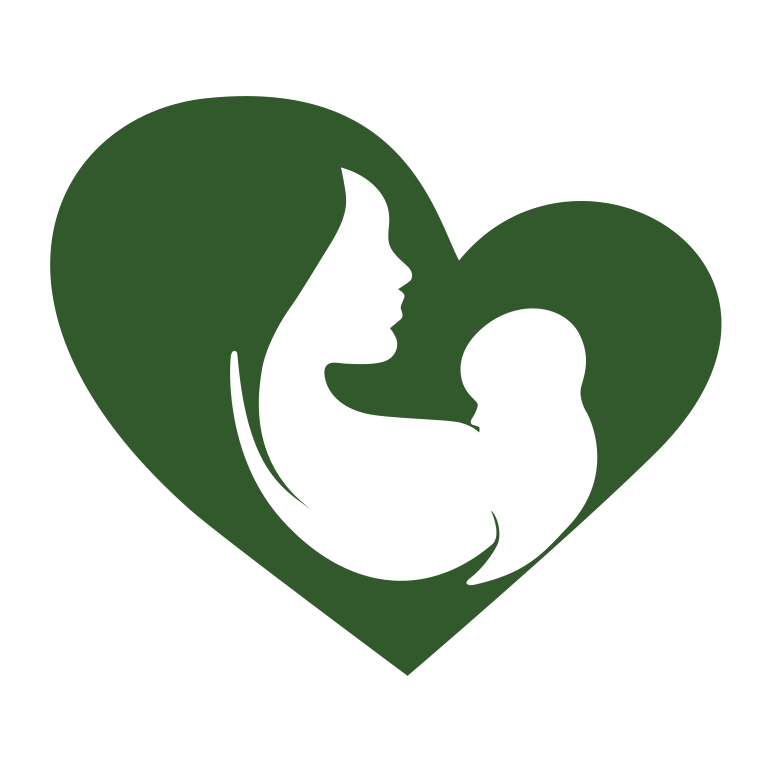It’s vital to observe proper handling and storing of breast milk, especially for working moms who pump at work (or wherever they need to). Proper handling will help maintain the quality of expressed breast milk and most important of all, prevent your baby from getting sick.

Guidelines
Here are some guidelines when handling and storing your breast milk.
- Wash your hands before and after pumping or expressing milk.
- Make sure that all your containers, pump parts, tubes, screw cap bottles, and bags are clean.
- Moms, don’t settle for anything less than high-quality containers for expressed breast milk!
- After pumping or expressing milk, mark it accordingly. Store it immediately in your insulated bag with ice packs if your office doesn’t have a refrigerator.
- Don’t add freshly expressed milk to frozen/refrigerated milk. If you need to combine, make sure that they are of the same temperature.
- Clean and sterilize breast pumps parts after every use. If you can’t clean them immediately, you can store the parts in your insulated bag to keep them cold.
Storage Duration
Breast milk can go bad just like other types of milk. Follow these guidelines to make sure that your baby only gets fresh breast milk.
- Room Temperature – 6 to 8 hours (up to 77F or 25C)
- Insulated Bag – 24 hours (at 5-39F or -15 to 4C) – Keep ice packs, don’t open the bag if not needed.
- Refrigerator – 3 to 5 days (at 5F to -15FC) – Store milk at the back of the refrigerator away from the main door.
- Freezer (inside the refrigerator) – 2 weeks (at 5F or -15C) – Store at the back
- Freezer (with a separate door) – 3 to 5 months (at 0F or -18C) – Store at the back
- Deep chest freezer – 6-12 months (at -4F or -20C)

